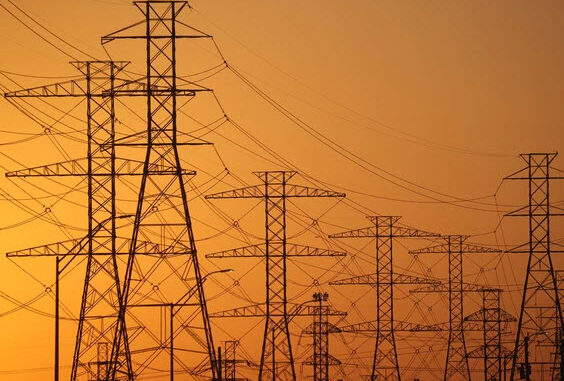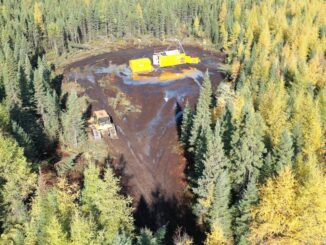
Last November the federal government introduced its Net-Zero Emissions Accountability Act, which establishes our pathway towards reaching that goal by 2050. But don’t hold your breath. It took a full decade to build 12.5 km of electric light rail in Ottawa, arguably the largest green-energy project in Canada over that time. To electrify the rest of Canada’s transportation sector in three decades, as well as our industrial and domestic energy sectors, the new Act starts by convening an advisory board to consult with Canadians on the best pathways to this target . . . tick tock.
Natural Resources Canada says Canadian electrical use is 600 terawatt hours (TWh or trillion watt-hours) annually. What few recognize, however, is that we are already over 80 per cent green with respect to carbon dioxide (CO2) emissions. This is primarily due to our abundance of hydro and nuclear power. Nuclear is arguably our greenest source of electricity. It produces essentially no CO2; it has by far the best safety record; and we know how to safely manage nuclear waste. As for wind, despite massive subsidies it currently contributes only four per cent to our grid. It remains intermittent, off-peak and low-grade electricity, only marginally better than solar.
The challenge for net-zero, however, is not greening the remaining 20 per cent of the 600 TWh of electricity that we use. It is the 9700 petaJoules (equivalent to two billion barrels) of oil and gas we burn every year for transportation, industry and heating. Converting this to electrical would require 2000 TWh per year — more than three times our current annual use of electricity. Quite apart from the challenge of electrifying transportation, industry and heating, is a three-fold increase in our green electrical generating capacity even possible? The government’s “Mid-Century Long-Term Low-Greenhouse Gas Development Strategy” (Mid-Century Strategy) suggests it is, and the Accountability Act will try to enforce it. But let’s take a closer look.
Our hydroelectric capacity has largely been exploited, although the Fraser and Mackenzie rivers remain untamed. Battles over land claims, environmental impacts and daunting costs make B.C.’s Site C and Newfoundland and Labrador’s Muskrat Falls perhaps the last projects for big hydro in Canada. Yet the Mid-Century Strategy assumes we double our hydro with 50 to 80 new projects on the scale of Site C.
How about big wind? Germany favours wind but has learned that its inconsistency requires baseload backup with coal-fired thermal plants. In Canada, net-zero with wind would require upwards of 300,000 turbines, or 50 times more than we have now, plus an extensive distribution network for this decentralized system, plus an equivalent thermal generation backup (unless we resolve to drive and heat our homes only on windy days).
Producing this vast number of wind turbines would require considerable quantities of rare-earth metals for the generators. For net-zero wind, we would need the entire global production of neodymium for the next 15 years — for the next 170 years for dysprosium. As it is, the Mid-Century Strategy will complement doubling hydro with up to 100,000 turbines, which will still require five years’ global supply of neodymium. Conclusion? Renewables clearly cannot play a significant role in our move towards net-zero.
Offsets by planting trees (also planned in the Mid-Century Strategy) are an illusion once one looks closely at the carbon cycle. The only time Earth experienced a notable reduction in atmospheric CO2 by growing trees was during the Carboniferous Period between 350 and 300 million years ago, when our coal resources were formed. Conversely, the slashing of our forests over the past 200 years and today in the Amazon basin has had no measurable impact on atmospheric CO2.
This leaves nuclear as the only viable option for any plausible net-zero plan. Canada has 19 operating nuclear reactors at four stations, producing 15 per cent of our electricity. Net-zero would require an expansion of this fleet to over 300, operated in about 40 new nuclear power generating stations, and costing upwards of a trillion dollars.
What would we get for these efforts? Net-zero would have no measurable impact on climate, as Canada emits only about 1.5 per cent of global greenhouse gases. The developing world, which emits most, is manifestly more interested in growth, not carbon reductions. Moreover, recent science shows that CO2 is not a significant driver of climate. Even the UN science reports state that the warming experienced up to 1980 was natural, that only part of warming through the 1990s was anthropogenic, and that over the past two decades warming has paused. It also shows no link to extreme weather.
The only sensible option for Canada is to invest our environmental goodwill and dollars where they can have a positive effect, such as for sustainable agriculture, biodiversity and healthy waterways — and into adapting to climate change, for the climate will indeed change. It always has.
Ian Clark is a professor of earth and environmental sciences at the University of Ottawa.



